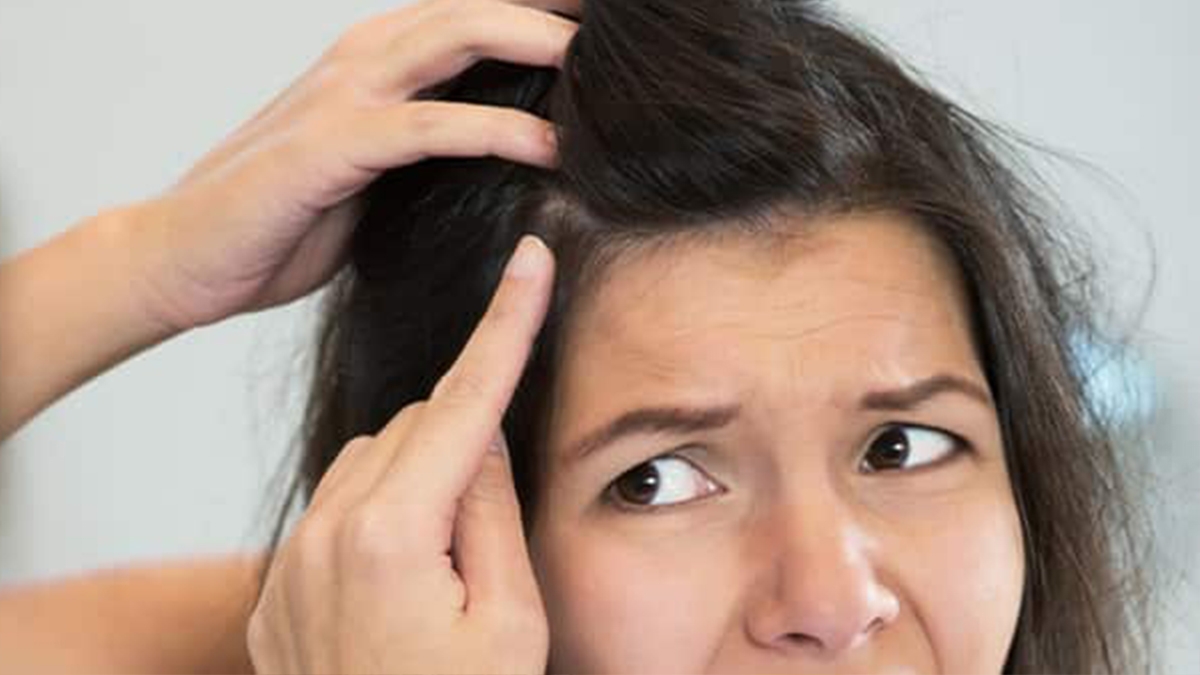


FEMALE HAIR TRANSPLANT
It is a common belief that hair loss only affects men, however about a third of women experience hair loss at some point in their lives and more than half suffer from thinning. Hair loss can have a huge emotional impact on women, and it can seriously change how you feel about your appearance, as well as your self-esteem, happiness and quality of life. Today, the majority of hair transplantation patients are still men, however, a high percentage of women have also started looking into hair transplantations. Advances in hair transplantation have allowed successful treatments in many cases of female alopecia which would not have been possible to treat with older techniques. At WorldClinica, our professional medical team perform procedures frequently on women and has extensive experience addressing their unique concerns.
Female hair loss type
There are many potential causes of hair loss in women and the main type is called female pattern hair loss, also known as androgenetic alopecia. In men, hair loss usually begins above the temples and eventually causes the receding hairline to move backwards and form a “M” shape. In women, androgenetic alopecia begins gradually with partial loss of hair, usually along the dividing line, which spreads from the top of the head. A receding hairline in women is rare and women rarely experience complete baldness. Hair loss in women is harder to diagnose compared to men as it can get triggered by many conditions. Hair loss in women can be caused by autoimmune diseases, genetics, menopause, stress, hormones, pregnancy, diet and iron deficiency. The most common hair loss cause in women, Androgenetic Alopecia, usually occur in the following three different hair loss patterns; diffuse (progressive), localized (stable), patterned (male patterned).
1. Diffuse:
This type of hair loss condition starts with diffuse thinning of the crown area (vertex) that can spread throughout the scalp. A receding hairline is rare. The Ludwig Scale uses 3 different classifications to diagnose the severity of female hair loss.

2. Localized:
In this type of hair loss, the thinning is wider in the frontal scalp giving the alopecic area a triangular shaped figure resembling a christmas tree. The hair loss is defined as the “Christmas tree pattern”.
3. Patterned:
Thinning is associated with bitemporal recession, the same as male hair loss pattern.
Hair transplant for women
FUE hair transplant is highly successful and comfortable for women looking for a permanent solution for hair loss. FUE is a three-stage procedure which involves extraction of follicles, creation of incisions and implantation. The procedure starts with the extraction of individual hair follicles from a donor part of the body which is usually the back and the sides of the head. These individual follicles are then implanted in the recipient area.
When performing hair transplant procedures for women the basic principles remain, however, there are is an important difference that should be noted. Women are able to undergo a hair transplant procedure without shaving their head completely. A small window is created in the donor area, with only this part being shaved. Thus, it is possible for the existing hair to conceal the small shaved area.
Who is a candidate for FUE hair transplant?
- Women who suffer from traction alopecia
- Women who have had cosmetic surgery and suffer from hair loss around the incision sites
- Women who have a distinct pattern of baldness, similar to that of male pattern baldness
- Women who suffer from hair loss due to trauma, including burn, scarring and chemical burns.
- Women with alopecia marginalis
Recovery and results
You’ll notice some scabbing around the treated area in the following days and it is extremely important to not pickat these. Swelling of the scalp and the forehead is common for a few days. Patients are expected to resume their daily activities within 48 hours of the surgery, however strenuous activities needs to be avoided for up to 4 weeks following your surgery.
Most of the transplanted hair will fall out for a period of “telogen” and will then begin to re-grow 3-4 months after the procedure. The final results will typically be seen 12 months after the procedure. At WorldClinica, we provide all of our patients with an after-care kit that include necessary supplies such as shampoo, foam, antibacterial cream, painkillers and antibiotics. We at WorldClinica make sure that you are counseled about post-surgery care and take proper care of the grafts. To ensure an excellent and fast recovery you must follow our post-operative instructions and take care of yourself perfectly.

Quick support
24 Hour
Haır Transplant
Assistance
You can reach us from our 24/7 whatsapp line.
Service Recipient Says







